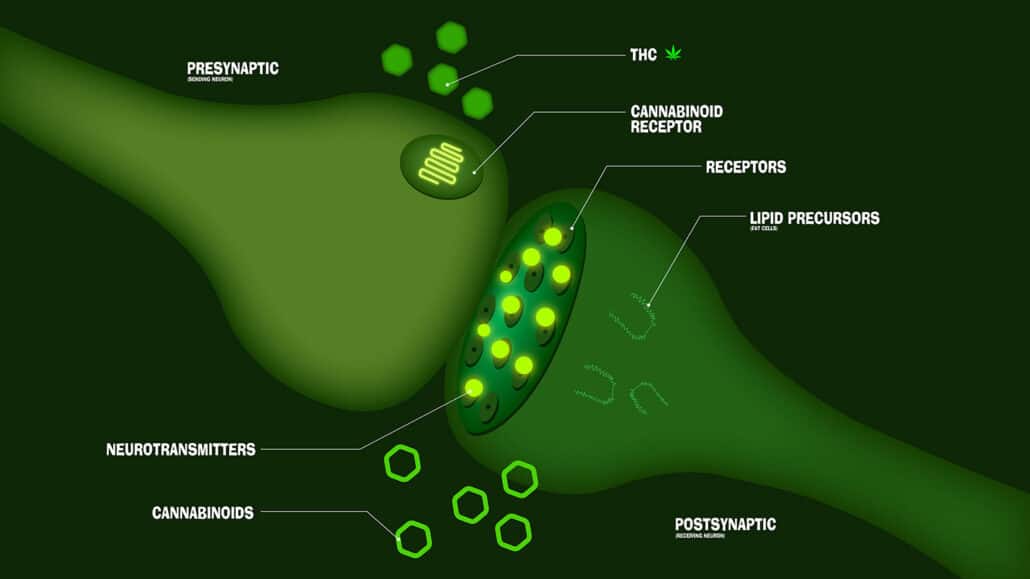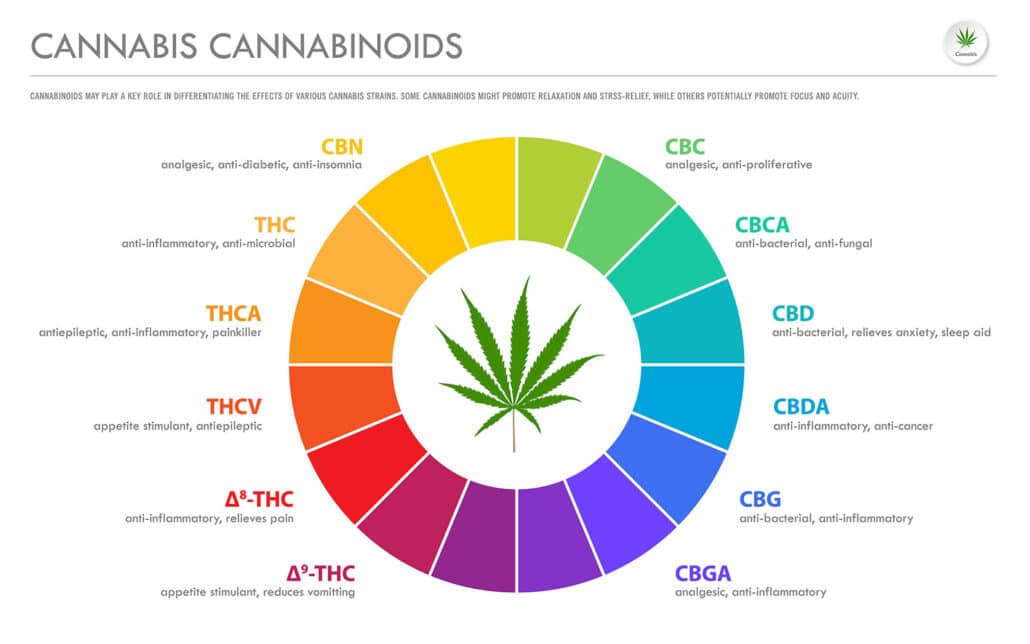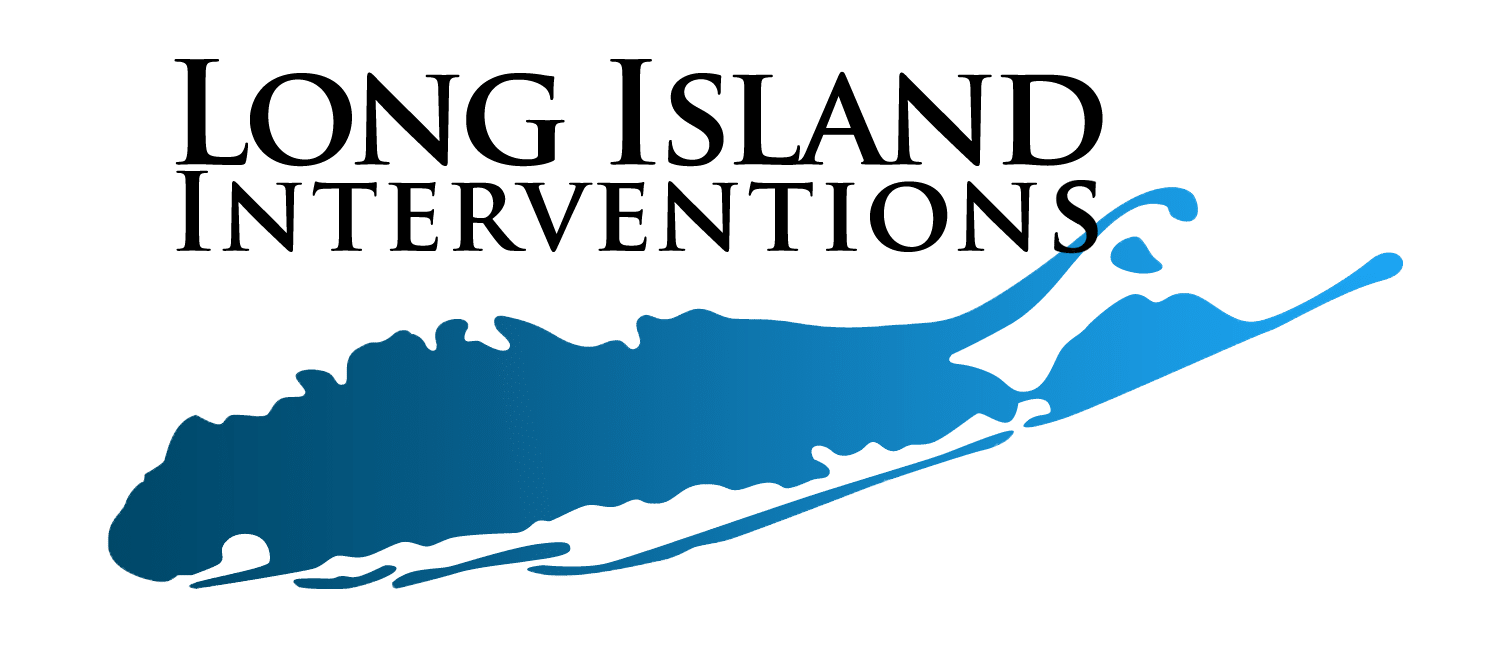The use of cannabis is becoming increasingly common following its legalization in several states across America. While THC use with medical supervision may offer some benefits, its long-term effects and potential for abuse are quite questionable.
If you want to stop using cannabis and you’re wondering how long it takes the cannabinoid receptors to reach a health level again, this guide will have you covered.
Besides answering this question in detail, we’ll also discuss how cannabinoid receptors work and the associated factors that affect the recovery time frame.

Table of Contents
A Brief Overview of Cannabinoid Receptors Dynamics and How They Work
Our bodies possess a complex system of receptors that play a significant role in a wide range of physiological and cognitive functions. This system is known as the endocannabinoid system, which functions as a “lock and key” system.
Here, the cannabinoid receptors are the locks, which are a group of receptors found in different parts of the body, including the central nervous system (particularly in the amygdala), that trigger certain functions. They have various types, mainly CB1 and CB2 receptors.
On the other hand, endocannabinoids are the key to that lock. These are naturally occurring molecules produced by the body that bind to cannabinoid receptors to trigger their effects, such as anandamide, which affects and contributes to the following aspects:
- Mood Regulation: The stimulation of cannabinoid receptors influences the release of various mood-altering brain chemicals (neurotransmitters), mainly dopamine and serotonin. These are responsible for feelings of euphoria and pleasure.
- Pain Perception: Studies show that cannabinoids also have strong antinociceptive effects that control our ability to feel pain. Stimulating the system can also offer symptomatic relief from chronic inflammation
- Sleep: Endocannabinoids also stimulate the body to reduce sleep onset latency and prolong the rapid eye movement stage during sleep. In other words, they allow the body to enter the state of sleep faster and remain in deep sleep for longer.
- Other Functions: Besides the primary functions, endocannabinoids also affect various vital functions and systems, including cognitive impairment, improved immune response, and enhanced appetite.
The primary psychoactive component of cannabis is known as delta-9-tetrahydrocannabinol or simply “THC”. This compound has a structure similar to endocannabinoids, which allows them to bind to cannabinoid receptors and mimic their effects.
Combined with other psychoactive components in cannabis, such as cannabidiol or CBD, these chemicals produce the various physiological and cognitive effects we associate with cannabis use.
How Does Cannabis Addiction Develop?
Continuous use of cannabis leads to cannabis tolerance. This happens due to the downregulation process where the body reduces the number of cannabinoid receptors, especially CB1 receptors, after frequent use.
Simply put, the body reduces the number of receptors available for binding in an attempt to adapt to the constant presence of external cannabinoids introduced into the body by cannabis users.
This results in reduced sensitivity where the current dose stops being as effective as it once was.
The rate at which the body develops this form of cannabis tolerance varies depending on frequency and duration of use as well as the dosage and type of cannabis products consumed.
For that reason, continuous use of cannabis can lead to cannabis dependence in which the body develops uncomfortable cannabis withdrawal symptoms and side effects when you cease to use it, including:
- Cravings for cannabis
- Anxiety and irritability
- Difficulty sleeping
- Changes in appetite
Luckily, however, these symptoms are only temporary, as the receptor downregulation is a reversible process that stops shortly after quitting cannabis use. As a result, cannabinoid receptors return to their initial level of sensitivity, and the effects of cannabis are reset.
How Long Does It Take for Cannabinoid Receptors to Return to Normal?
The time it takes for cannabinoid receptors to return to normal after cannabis use varies depending on several factors, which we’ll discuss in detail in the following sections.
However, as a general estimate, it is thought that most individuals experience a significant return to pre-use levels of cannabinoid receptor function within a tolerance break (t-break) of approximately four weeks of ceasing cannabis use.
One thing to note here is that the rate at which the receptors return to normal function also varies. For example, it typically starts at a high rate, allowing your body to reach significant improvement within a few weeks, but then improvements start to slow down later on.
What to Expect During Cannabinoid Dependence Recovery
While performing your t-break, you may experience some short-term symptoms and side effects associated with THC dependence. These side effects include:
- Irritability
- Anxiety
- Cravings for cannabis
- Mood swings
- Insomnia
- Headache and body aches
These withdrawal symptoms typically begin within 1-3 days of quitting and peak around day 3-10. They can last for several weeks, but should gradually decrease in intensity as time passes.

Factors Affecting the Time Needed for Full Cannabinoid Receptor Recovery
As previously established, several factors can extend or shorten the time needed to restore cannabinoid receptors to their initial sensitivity. Here’s a quick look at those factors and how they come into play.
Frequency of Use
The first and most critical factor when it comes to restoring cannabinoid sensitivity is the rate at which cannabis is consumed.
Regular users typically take around a couple of weeks to achieve massive improvements in Cannabis tolerance levels. In fact, those who use cannabis casually or infrequently may take as little as a few days to reset their cannabis sensitivity.
On the other hand, individuals who use cannabis at a much higher rate not only take longer to restore their cannabinoid receptors to normal levels, but are also at a higher risk of cannabis use disorder (cannabis addiction).
Concentration of THC
Besides being the primary psychoactive component in cannabis and the one responsible for most effects of marijuana, THC is also the compound that causes tolerance to cannabis.
Therefore, cannabis products with high levels of THC can lead to a stronger and longer-lasting interaction with cannabinoid receptors. As a result, it’s only natural for the receptors to require more time to return to normal or pre-use levels.
That being said, not all cannabis products contain high levels of THC. In fact, some of them contain higher levels of CBD or simply low concentrations of THC.
While CBD also affects cannabinoid receptors, its effects are much milder, so recovery is easier and fairly quicker.
Types of Products Used and Method of Consumption
Cannabis comes in a wide range of delivery methods. While the pharmacology of these drugs is usually similar, the route of administration can affect the potential for drug abuse.
For example, smoking and vaping deliver cannabinoids directly to the lungs, which leads to rapid absorption of the drug and a shorter duration of effects.
On the other hand, regular use of edibles can result in a much longer time to achieve cannabinoid receptor recovery.
This is because oral drug use results in metabolizing it, which turns THC into 11-hydroxy THC or (11-OH-THC). This compound is slightly more potent than regular THC, which results in needing a longer period to recover.
Metabolism
Individuals with a faster metabolic rate have the ability to break down and eliminate cannabinoids from their system fairly quickly. This leads to a relatively shorter period of recovery to reset cannabinoid receptors.
On the flip side, individuals with a slower metabolism take longer to process and eliminate cannabinoids, which extends the time needed for receptor recovery.
Body Fat Percentage
Another factor that is often overlooked while estimating the recovery period for recovery is body composition. As a general role, many drugs, including THC, tend to remain stored for longer in fat tissue compared to other types of cells.
For that reason, chronic cannabis users with lower body fat percentages typically eliminate cannabinoids from their system more quickly, especially when compared to those with similar use levels but with lower body fat ratios.
Underlying Health Conditions and Using Certain Medications
Certain pre-existing health conditions can have an impact on cannabis recovery, especially for those who use marijuana medically.
That being said, you should keep in mind that some mental health conditions, such as anxiety and psychosis can increase the risk of abusing cannabis, which can potentially lead to marijuana addiction.
If you’re using cannabis medically, it’s crucial to consult with a healthcare/psychiatry professional to ensure your safety during the use of marijuana.
Finding The Best Treatment for Cannabis Addiction in New York
Understanding the process of cannabinoid receptor recovery is crucial for anyone who uses cannabis regularly.
As you can see, regular tolerance breaks are essential to prevent downregulation and avoid the risk of developing substance use disorder, which can lead to a tougher treatment period and a higher risk of intoxication.
However, if you or your loved one is struggling with cannabinoid dependence, don’t hesitate to reach out for help.
Long Island Interventions offers extensive support and guidance to addiction patients in New York, using a wide range of evidence-based approaches and under the supervision of qualified professionals.
Published on: 2024-06-11
Updated on: 2024-06-21

